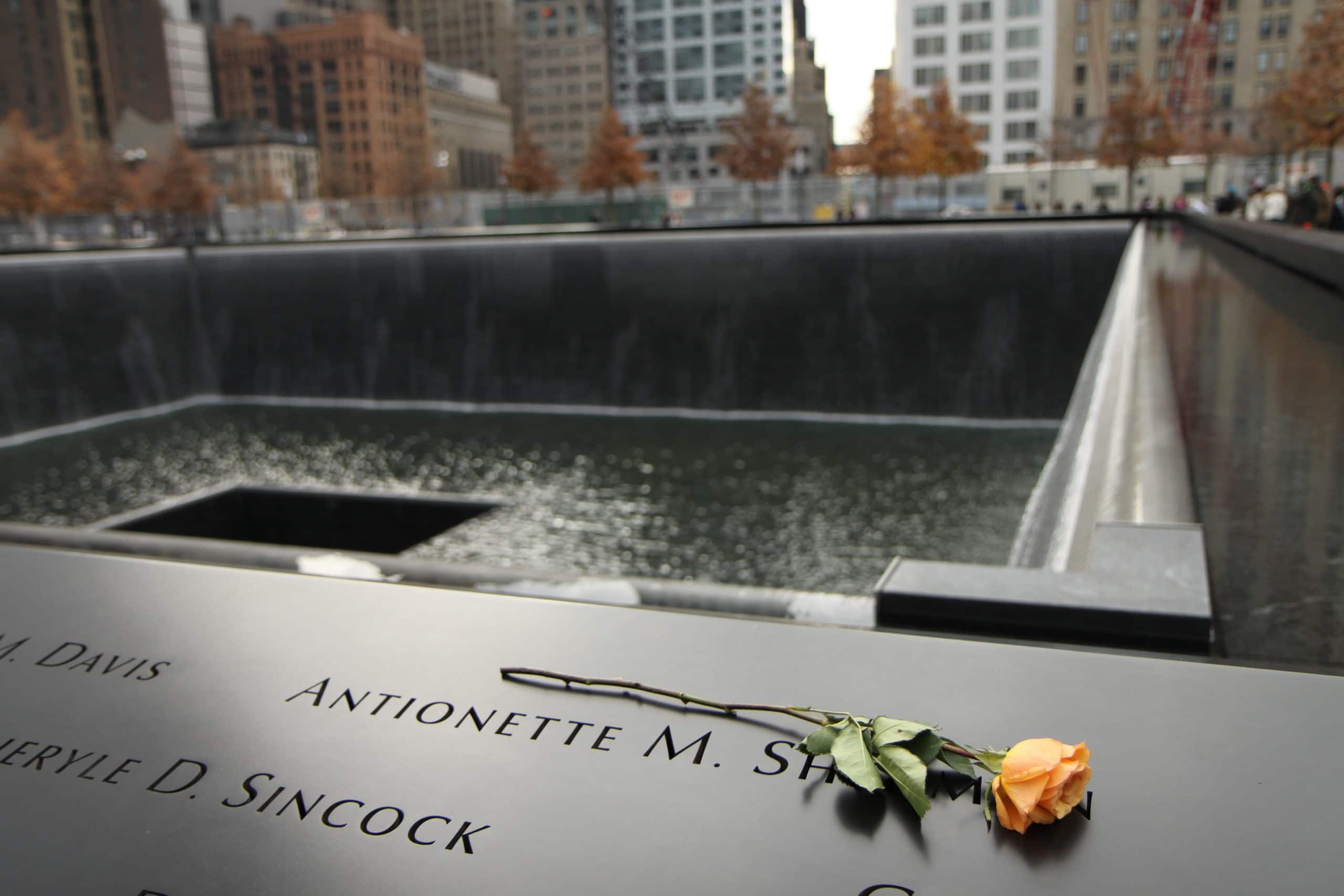Contractors can be liable for motor vehicle accidents caused by dangerous conditions which they create on the highway. Unlike the State or City, which owns the highway, contractors do not have a nondelegable duty of care to the victims of such accidents. The rules governing contractor liability require proof that the contractor “launched an instrument of harm” or undertook all safety obligations.
Since H.R. Moch Co. v. Rensselaer Water Co., 247 N.Y. 160 (1928), it has been well established that a contractual obligation is insufficient to impose tort liability with respect to noncontracting third parties. Under Moch, the contractor owes no duty to noncontracting third parties unless it “launched a force or instrument of harm, or has stopped where inaction is at most a refusal to become an instrument for good.” In Palka v. Servicemaster Management Servs. Corp., 83 N.Y.2d 579 (1994), the court expanded contractor liability to hold that a contractor owed a duty to noncontracting third parties where the contractor comprehensively assumed all safety and maintenance obligations traditionally assumed by the landowner.
The Court of Appeals consolidated these rules in Espinal v. Melville Snow Contrs., Inc., 98 N.Y.2d 136 (2002), and held that there are three circumstances where contractors owe a duty of care to noncontracting third parties. First, the contractor must have launched an instrument of harm or created a dangerous condition. Second, it must have assumed “significant safety responsibilities” and thereby entirely displaced the other party’s duty to maintain the premises safely. Third, the plaintiff must have reasonably and detrimentally relied upon the defendant’s continuing performance of a contractual obligation.
Boylhart v. Di Marco & Reimann, Inc., 270 N.Y. 217 (1936) held that highway contractors do have a nondelegable duty to the public when performing highway construction by reason of the potential danger to the public in performing such work. Although Boylhart is 74 years old, it has not been expressly overruled and has been cited many times by the Appellate Division First, Third, and Fourth Departments as recently as 2002. See Soto v. Anron Enterprises et al., 740 N.Y.S.2d 618 (1st Dept. 2002), Matacale v. County of Steuben, 735 N.Y.S.2d 437 (4th Dept. 2001), and Tytell v. Battery Beer Distrib., 608 N.Y.S.2d 225 (1st Dept. 1994). Although Espinal seems at odds with Boylhart, highway construction contractors, as opposed to snow removal contractors like in Espinal, can be viewed as a narrow exception to Espinal.
In Church v. Callanan Indus., 729 N.Y.S.2d 545 (3d Dept. 2001), the Appellate Division held that the defendant subcontractor, who installed guardrails on a highway, owed no duty to the public because Boylhart applies only to general contractors, not subcontractors. The Court of Appeals affirmed and applied Espinal. However, the Court did not cite or distinguish Boylhart, nor did the Court mention defendant’s status as a subcontractor as opposed to a general contractor. It merely held that one of the three Espinal exceptions must be met where contractors are sued by noncontracting third parties based on their contractual undertaking. The Court also noted that the general contractor, who settled prior to the appeal, is distinguishable from the subcontractor in that it may have assumed significant safety responsibilities, which is one of the Espinal exceptions. It seems that the Court would have applied Espinal to the general contractor had it still been in the case.
Church implies that Boylhart is no longer good law. Justice Battaglia, of Supreme Court Kings County, held without opinion in Dosti v. New York City Transit Authority, Index No. 40976/07, that in light of Church, Boylhart is no longer good law. There are other cases where courts have applied Espinal to contractors performing road construction. See Schosek v. Amherst Paving, Inc., 11 N.Y.3d 882 (2008); Golisano v. Keeler Constr. Co., 905 N.Y.S.2d 396 (4th Dept. 2010); Nasser v. O.W. Hubbell, Inc., 819 N.Y.S.2d 211 (Supreme Court Bronx County, 2006). These cases are distinguishable from Boylhart in that they do not involve pavement construction on highways. Road repair on city streets or construction of a guardrail on a highway are not as dangerous to the public as pavement construction on high-speed highways. However, the argument that Boylhart is still good law may be unsuccessful in light of Church.
Espinal’s first exception, i.e., launching an instrument of harm, means that the contractor is affirmatively doing something that creates a dangerous condition. In Golisano v. Keeler Constr. Co., 905 N.Y.S.2d 396 (4th Dept. 2010), the Appellate Division held that the existence of a two-inch stone in the middle of a roadway, where construction work was being performed and where the contractor was using a two-inch stone crusher, might constitute launching an instrument of harm. However, in Church, supra, building a highway guardrail shorter than what the plans and specifications required is not deemed to be launching an instrument of harm because it did not create or increase the risk of a car’s divergence from the roadway and the negligence was considered only to have failed to make the highway safer. See Also Nasser v. O.W. Hubbell, Inc., 819 N.Y.S.2d 211 (Supreme Court Bronx County, 2006).
Does the failure to place warning signs constitute launching an instrument of harm? In Davilmar v City of New York, 775 N.Y.S.2d 880 (2d Dept. 2004), the Court held that negligent repair of a traffic light may constitute launching a force or instrument of harm. Plaintiffs could use Davilmar to argue that traffic lights are analogous to warning signs, as they both direct drivers, and their absence or malfunction makes roads more dangerous.
In Schosek v. Amherst Paving, Inc., 862 N.Y.S.2d 227 (4th Dept. 2008), the Fourth Department held that the failure to place warning signs regarding uneven pavement made the condition of the highway less safe, and did not constitute launching an instrument of harm. The Court also held that the contractor’s creating uneven pavement did not constitute launching an instrument of harm since there is no evidence that the defendant contractor had knowledge of the dangerous condition. The Court of Appeals reversed without discussion, and simply stated that there are issues of fact as to whether the defendant launched an instrument of harm. 11 N.Y.3d 882 (2008). The fact that the Court of Appeals denied defendant’s motion for summary judgment in its entirety, without limiting the claim to uneven pavement, suggests that warning signs can indeed create or exacerbate a dangerous condition.
Arguably, dangerous road conditions, coupled with the lack of warning signs, are inseparable and together constitute a dangerous condition. Conversely, courts have found that warnings can cure an otherwise dangerous condition and take it outside Espinal’s exception. See Wyant v. Professional Furnishing & Equip., Inc., 2006 NY Slip Op 5716. Many courts, including the Court of Appeals in Schosek, have used the words “creating” or “exacerbating” a dangerous condition. Therefore, plaintiffs could argue that failing to place warning signs exacerbates a dangerous road condition.
The second exception under Espinal applies where the contractor assumed significant safety responsibilities in the contract. This exception requires that the contractor entirely displace the landowner’s safety obligations, and does not apply where the landowner retains any safety responsibilities. In Lachs v. Best Buy Stores, Co., Inc., 2008 NY Slip Op 32489U (Supreme Court New York County, 2008), the Court held that the defendant subcontractor had not entirely displaced the landowner’s duties in providing ice removal services, because it was contractually required to obtain the prior approval of the onsite manager of the contractor and/or landowner before commencing or applying ice control products. In the highway construction context, where the State has an engineer or inspector who approves the work or joins in the decision making, this exception would not apply. See Church, supra.
The third exception under Espinal, detrimental reliance, would not apply to highway contractors as it requires that the contractor induce the plaintiff to rely on its performance and forego other remedies or precautions. See Haxhaj v. City of New York, 862 N.Y.S.2d 814 (Supreme Court New York County, 2008).
Espinal is not a plaintiff’s only hurdle when suing highway contractors. It is well established law that a contractor is justified in relying upon the plans and specifications which it has contracted to follow, unless they are so apparently defective that a highway contractor of ordinary prudence would be put on notice that the work was dangerous and likely to cause injury. Gee v. New York, 758 N.Y.S.2d 157 (2d Dept. 2003); Ryan v. Feeney, 239 N.Y. 43 (1924). Contractors are exempt from liability for design defects which a reasonable contractor would not have recognized.
The Court in Rodriguez v. E & P Assoc., 872 N.Y.S.2d 693 (Supreme Court Bronx County, 2008) held that the contractor is liable for defective plans “only if the defects were so glaring and out of the ordinary that they put the contractor on notice that the work he was performing by following the plans would cause injury.” Furthermore, Rodriguez held that “evidence that the person who hired the contractor, accepted the work, and performed inspections in connection therewith, precludes any third-party liability upon the contractor.” Id. However, numerous cases have held that inspector approval does not insulate a contractor from liability. See Murphy v. Omer Construction Co., Inc., 664 N.Y.S.2d 508 (4th Dept. 1997); Church v. Callanan Industries, Inc., 285 A.D.2d 16, 729 N.Y.S.2d 545 (3d Dept. 2001); Munoz v. Consolidated Edison Co., 198 A.D.2d 145, 603 N.Y.S.2d 858 (1st Dept. 1993); English v. City of Albany, 235 A.D.2d 977, 652 N.Y.S.2d 873 (3d Dept. 1997). Moreover, the Court of Appeals in Church held that Espinal applies to both executory and executed contracts. Therefore, even completion of a contract and the landowner’s acceptance of the contractor’s performance does not insulate the contractor from liability.
Where there is no contract specification controlling the negligent work, the contractor is not insulated from liability. In Dosti v. New York City Transit Authority, Index No. 40976/07, the contractor milled a highway, and negligently tapered the transition from the subsurface of the highway to the elevated hardware. There was no specification controlling the slope of the taper. Therefore, the Court held, without opinion, that the contractor could not raise the defense that it complied with the contract specifications, notwithstanding the fact that the state inspectors approved the tapering.
Even if a contractor breached a contractual safety obligation and that breach caused plaintiff’s injury, it is not necessarily liable. See Hanmer v. Bell Atl., Inc., 755 N.Y.S.2d 360 (4th Dept. 2003). The contract’s plans and specifications may call for a higher standard of care than ordinary care. The contractor is only required to use ordinary care. Additionally, breach of a contract’s plans and specifications may constitute negligence, but may not rise to the level of launching an instrument of harm. In Church, although the plans and specifications called for a longer guardrail than was installed, that breach of contract was insufficient to impose liability, as it did not launch an instrument of harm under Espinal.
The preparation and presentation of proof in a case against a highway contractor must be structured in accordance with the rules set forth in Espinal, Church and Gee.
By Martin H. Weisfuse, senior partner at Weisfuse & Weisfuse, LLP. Co-authored by Jason Weisfuse, associate at Weisfuse & Weisfuse, LLP.
















